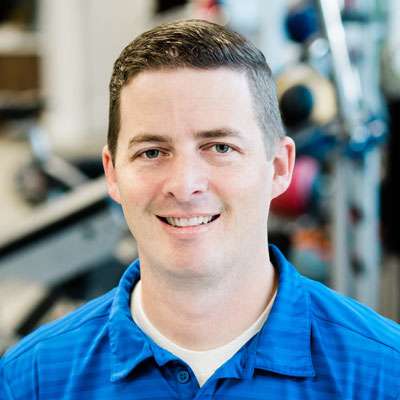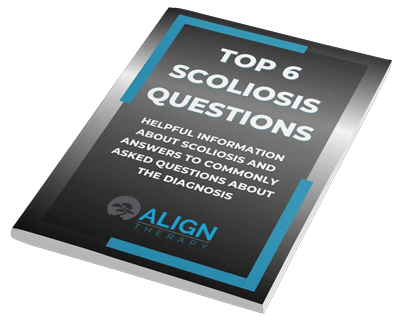Jaw pain, often incorrectly referred to as TMJ, is a condition that results in pain around the jaw, pain with chewing, talking, and yawning, and even lockjaw. TMJ pain may also contribute to headaches. The acronym TMJ itself, refers to the Temporomandibular joint, which we all have 2 of. To be anatomically correct, one would say they have TMJ pain or TMD (Temporomandibular Disorder). TMJ pain is not as uncommon as we think it is. Approximately 1 in 10 individuals have TMJ pain, with the majority of them being women. Doctors think TMJ pain is often undiagnosed in men.
Pain around our jaw is usually something that progresses over time to the point where the pain interferes with our day to day activities. TMJ pain is not often caused by one main event. It may be caused by joint dysfunction, facial muscles, cervical muscles, or stress over a period of time.
Joint dysfunction refers to an issue relating to the bones and the jaw joint itself. Physical therapy is not often successful at reducing pain originating from the joint itself. This is best treated by a dentist and possibly even an oral surgeon. However, pain originating from the joint often results in muscle tightness in the jaw and neck muscles.
Joint dysfunction may affect the facial muscles. Facial muscles include the muscles around the jaw, under the jaw, and even the muscle on the side of our head. These muscle names are Masseter, Medial Pterygoid, Lateral Pterygoid, and Temporalis. When facial muscles are irritated, they get tight. Even though motion (talking and chewing) is good for our jaw in general, the facial muscle tightness may also be exacerbated by excessive talking, chewing hard or chewy foods (apples, meat, gummy candy), clenching the teeth, and/or grinding the teeth once the tightness has set in.
Cervical muscles refer to the muscles in our neck and upper back. These muscles are usually affected by our posture; in other words, poor posture usually increases cervical muscle tightness. Some of the muscles that are more often affected by our posture are Upper Trapezius, Suboccipital, Rhomboid, and Infraspinatus.
Tight muscles usually develop after some kind of injury. Tight muscles are known to cause pain. In turn, our brain perceives this pain and increases muscle tightness to protect our body. As amazing as our bodies are, we have a difficult time relaxing our muscles and maintaining that relaxation on our own.
Headaches often increase because when these different muscles are tight, they refer pain around our head. The areas highlighted in these pictures show the most common areas where the pain refers to.
Physical therapy (PT) is a great way to help ease TMJ pain, neck pain, and headaches. PT may include a therapeutic ultrasound, Strain Counterstrain treatment, Dry Needling, massage to cervical muscles, education on posture awareness and strengthening, and a home exercise program. The goal of physical therapy is to help the muscles relax and strengthen the muscles to provide support and minimize the risk of the pain returning. Along with this, it is common for headaches to improve, movement in our neck increases, and movement in our jaw is less painful. It is recommended that the home exercise program be performed regularly. While the feel good treatments are helpful, the long term results come from strengthening. The jaw exercises are gentle and very effective. The first exercise is to help the jaw/facial muscles relax. It is not so much an exercise as it is a position to place the tongue. The first
Physical therapy treatment visits vary from 1 to 2 times a week, for 4-6 weeks, depending on the individual’s need. The physical therapist will make a recommendation on how often and for how long to come into therapy. The physical therapist will discuss these recommendations and establish a plan with the patient.
Gary loves treating individuals with TMJ pain. Over the past 7 years, he has seen pain decrease and posture improve by performing these exercises. He would love to help you or a loved one with TMJ pain. Please feel free to reach out to Gary by phone, (435) 222-0207, or email, gary@aligntherapyutah.com, with any questions.
For additional information, check out our website at www.aligntherapyutah.com.



